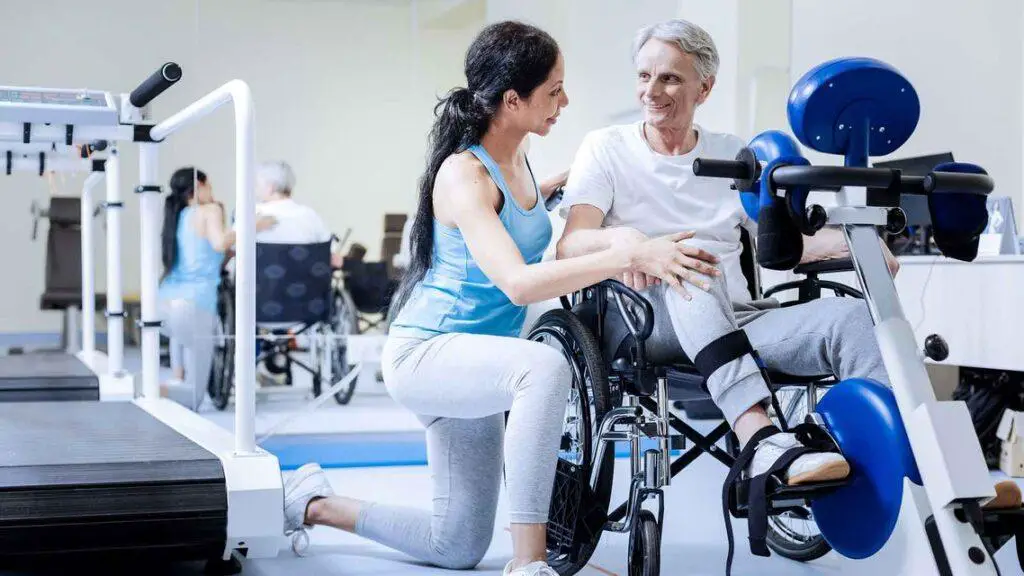Introduction
Gallbladder surgery, also known as cholecystectomy, is a common procedure performed to remove the gallbladder. While the surgery can provide relief from gallbladder-related issues, it can also impact the body’s overall balance and function. This article explores the role of osteopathy in supporting the recovery process after gallbladder surgery and highlights the benefits it offers.
Understanding Gallbladder Surgery
Gallbladder surgery involves the removal of the gallbladder, either through traditional open surgery or minimally invasive laparoscopic techniques. The procedure is often recommended for conditions such as gallstones, gallbladder inflammation (cholecystitis), or gallbladder cancer.
Recovery Process
The recovery process after gallbladder surgery typically involves a period of rest, pain management, and a gradual return to regular activities. While the body naturally adapts and heals, additional care can contribute to a smoother and more complete recovery.
Importance of Post-Surgical Care
Post-surgical care is crucial to ensure proper healing and minimize complications. It includes following the surgeon’s instructions, taking prescribed medications, managing pain, and making appropriate lifestyle modifications. Additionally, complementary therapies like osteopathy can play a significant role in supporting the body’s recovery.
The Role of Osteopathy
Osteopathy is a holistic approach to healthcare that focuses on the body’s structural integrity and its connection to overall health. Osteopathic practitioners use gentle manipulations, stretching, and massage techniques to improve the body’s mobility, blood flow, and natural healing mechanisms.
Benefits of Osteopathy After Gallbladder Surgery
- Pain Management: Osteopathic techniques can help alleviate post-surgical pain and discomfort by reducing muscle tension and promoting relaxation.
- Restoring Mobility: Surgery can sometimes cause restrictions in the surrounding tissues. Osteopathic treatments aim to restore mobility, flexibility, and balance in the body.
- Promoting Circulation: By improving blood flow, osteopathy enhances the delivery of oxygen and nutrients to the healing tissues, aiding in the recovery process.
- Supporting Digestion: Osteopathic manipulations can help regulate the digestive system, ensuring optimal function and minimizing digestive issues that may arise after gallbladder surgery.
- Stress Reduction: Osteopathic treatments have a calming effect on the nervous system, promoting overall relaxation and reducing stress levels.
Techniques Used in Osteopathic Treatment
Osteopathic practitioners employ various techniques tailored to the individual’s needs. These may include:
- Soft tissue manipulation: Gentle pressure and stretching of the muscles and connective tissues to improve their function.
- Joint mobilization: Applying controlled movements to the joints to enhance their range of motion and alleviate stiffness.
- Myofascial release: Targeting the fascia, a thin connective tissue layer, to release tension and improve tissue mobility.
- Visceral manipulation: Gentle manipulations to the abdominal organs, such as the liver and intestines, to optimize their function.
Precautions and Considerations
While osteopathy can be beneficial after gallbladder surgery, it is essential to consult with a qualified osteopathic practitioner and inform them about your surgical history and current condition. They can then customize the treatment plan according to your specific needs and consider any potential contraindications or precautions.
Lifestyle Recommendations
In addition to osteopathic treatments, certain lifestyle adjustments can support your recovery after gallbladder surgery:
- Follow a balanced diet: Focus on nutrient-rich foods, such as fruits, vegetables, whole grains, and lean proteins, to support healing and promote overall well-being.
- Stay hydrated: Drink an adequate amount of water daily to help flush out toxins and maintain proper bodily functions.
- Engage in gentle exercise: Gradually introduce light physical activity, such as walking or stretching, to promote circulation and prevent stiffness.
- Manage stress: Incorporate stress management techniques like deep breathing, meditation, or yoga to support your overall well-being.
- Follow your healthcare provider’s advice: Adhere to the recommendations provided by your healthcare team, including medication schedules and follow-up appointments.
Frequently Asked Questions (FAQs)
- Can osteopathy replace medical treatment after gallbladder surgery?
- No, osteopathy is a complementary therapy and should not replace medical treatment. It is best used in conjunction with conventional medical care to enhance the recovery process.
- How soon after surgery can I start osteopathic treatment?
- It is advisable to consult with your healthcare provider or surgeon before starting any complementary therapies. They can provide guidance on the appropriate timing for osteopathic treatment based on your individual case
Conclusion
Osteopathy offers valuable support during the recovery phase after gallbladder surgery. Its gentle techniques help manage pain, restore mobility, promote circulation, support digestion, and reduce stress levels. By incorporating osteopathy into your post-surgical care plan, you can enhance the healing process and improve your overall well-being.


